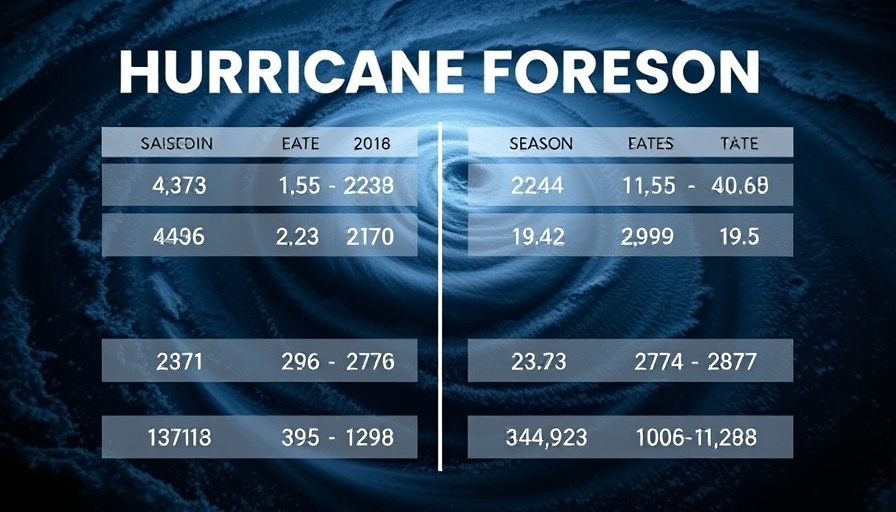
Colorado State University Predicts an Active 2025 Hurricane Season
As we approach the 2025 hurricane season, predictions from Colorado State University (CSU) are raising eyebrows. The renowned institution forecasts an above-average season featuring 17 named storms, nine hurricanes, and four major hurricanes. Traditionally, an average season includes 14 named storms, with seven developing into hurricanes and only three reaching major status. This year's forecast suggests that conditions might foster a significantly busier season than normal.
Understanding the Factors at Play
So, why the heightened expectations? The primary reasons lie in warmer-than-average sea surface temperatures coupled with lower wind shear. Warmer waters act as the lifeblood for hurricane formation, providing essential energy that can help storms develop and strengthen. Additionally, the El Niño phenomenon, known for increasing wind shear and disrupting storm development, is notably absent this year.
The Role of Historical Analogues
CSU utilizes historical data called 'analogs' to help shape their forecasts. For 2025, they reference seasons from 1996, 1999, 2006, 2008, 2011, and 2017. These seasons share patterns such as being the second hurricane season following El Niño and exhibiting above-normal water temperatures during the critical August-October period. Such patterns can provide valuable insights into what the upcoming season may hold.
What This Means for Residents
For many coastal residents and local authorities, this forecast serves as a reminder to prepare for the potential impacts of hurricanes. Increased storm activity could create heightened risks for communities in hurricane-prone areas, emphasizing the importance of emergency preparedness plans and staying informed throughout the season.
As the 2025 season approaches, it's crucial for individuals and families living along the coast to remain vigilant and ready—understanding that an active season could bring storms that test both resilience and preparation.
 Add Row
Add Row  Add
Add 




 Add
Add
Write A Comment